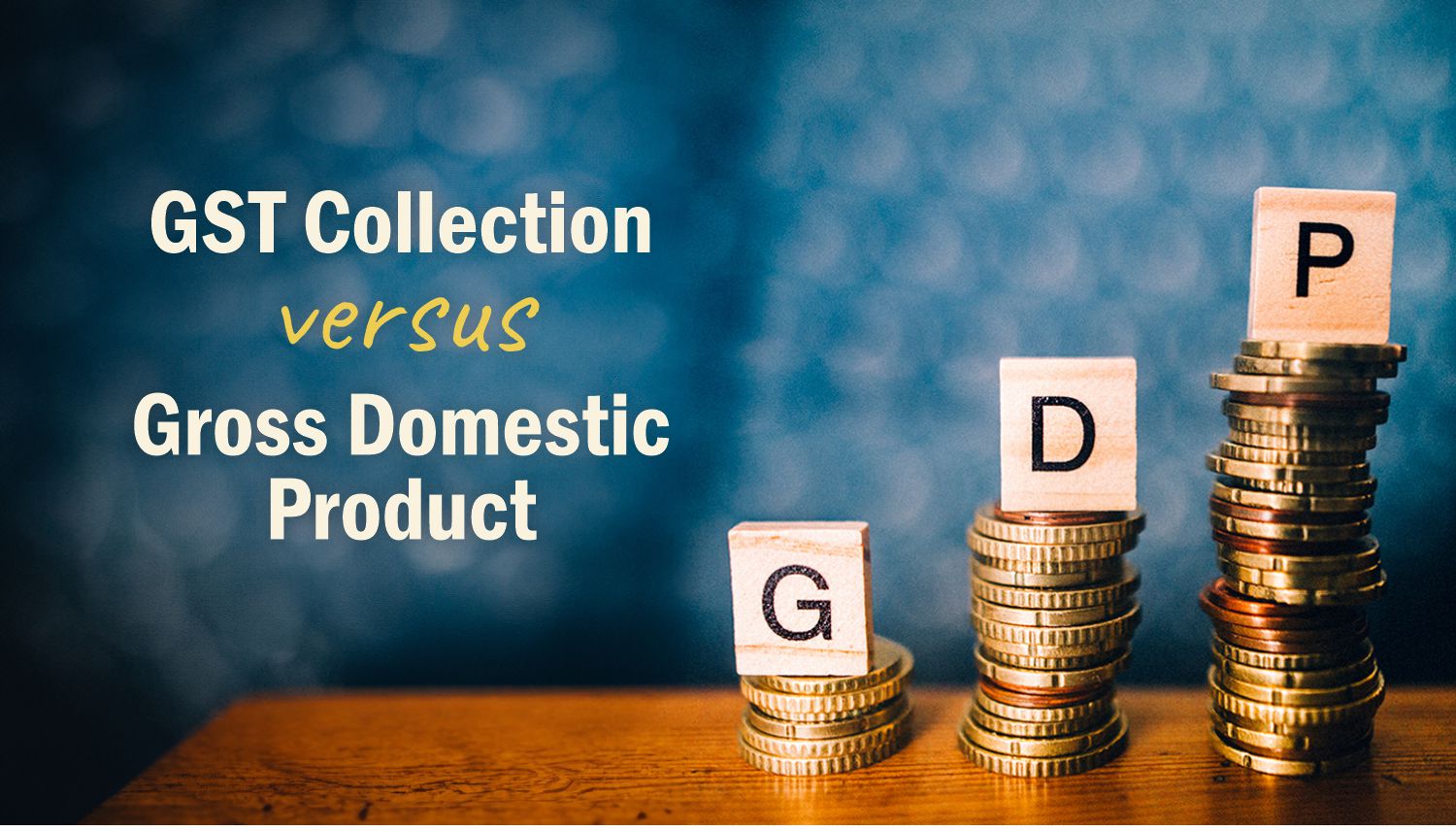GST Collection Versus GDP – How Is India Faring?

The collection of Goods and Services Tax (GST) in India has garnered significant attention in recent times. However, beyond the headlines of impressive collection figures lies a nuanced relationship between GST revenue and the nation’s economic size. This article aims to delve into the intricacies of GST collection trends vis-à-vis the Gross Domestic Product (GDP), elucidating key trends, implications, and future outlooks.
Gross GST Collection Trends:
In March of the last fiscal year, gross GST collection experienced a notable surge, witnessing an 11.5 percent increase and reaching a substantial ₹1.78 trillion. This marked the second-highest collection recorded to date. Throughout the fiscal year 2023-24, gross GST collection amounted to a staggering ₹20.18 trillion, showcasing a robust growth rate of 11.7 percent over the previous year’s collection figures.
GST-GDP Ratio Analysis:
Despite the impressive gross collection figures, the GST-to-GDP ratio for the fiscal year 2023-24 stood at 6.86 percent, reflecting only a modest increase from the previous year’s ratio of 6.72 percent. Over the past six years, the GST-GDP ratio has exhibited a gradual upward trajectory, rising from 6.23 percent in 2018-19 to the current level. However, it’s worth noting that the ratio experienced dips during the pandemic year of 2020-21 and the economic slowdown in 2019-20.
Significance of Net GST Collections:
For governmental fiscal planning, net GST collections hold greater importance than gross receipts. The net GST-to-GDP ratio witnessed an upward trend, increasing from 5.89 percent in 2022-23 to 6.13 percent in 2023-24. The buoyancy of GST, reflecting the change in receipts concerning the economy’s size, remained above one for the past three years, indicating that GST collections have outpaced nominal GDP growth. However, the buoyancy trend has shown a declining trajectory in recent years.
Factors Influencing GST Collection:
Experts attribute the surge in GST collections to the ongoing digitization efforts and the progressive formalization of the economy. These initiatives have expanded the tax base and facilitated better enforcement and compliance measures. The gross GST buoyancy exceeding one suggests that collections have outstripped the overall economic growth, possibly driven by increased economic activity, alterations in tax policies, and enhanced tax enforcement measures.
Future Outlook:
Looking ahead, economic recovery and government initiatives will play a pivotal role in shaping GST collection trends. Factors such as smartphone penetration, fintech innovation, e-commerce growth, and the transition of local stores to ‘phygital’ models are anticipated to sustain buoyancy in GST collections.
The evolving landscape of GST collections vis-à-vis GDP underscores the complex interplay between tax revenue and economic growth. As India navigates through dynamic economic shifts, prudent policy interventions and technological advancements will be instrumental in fostering sustainable fiscal growth.
